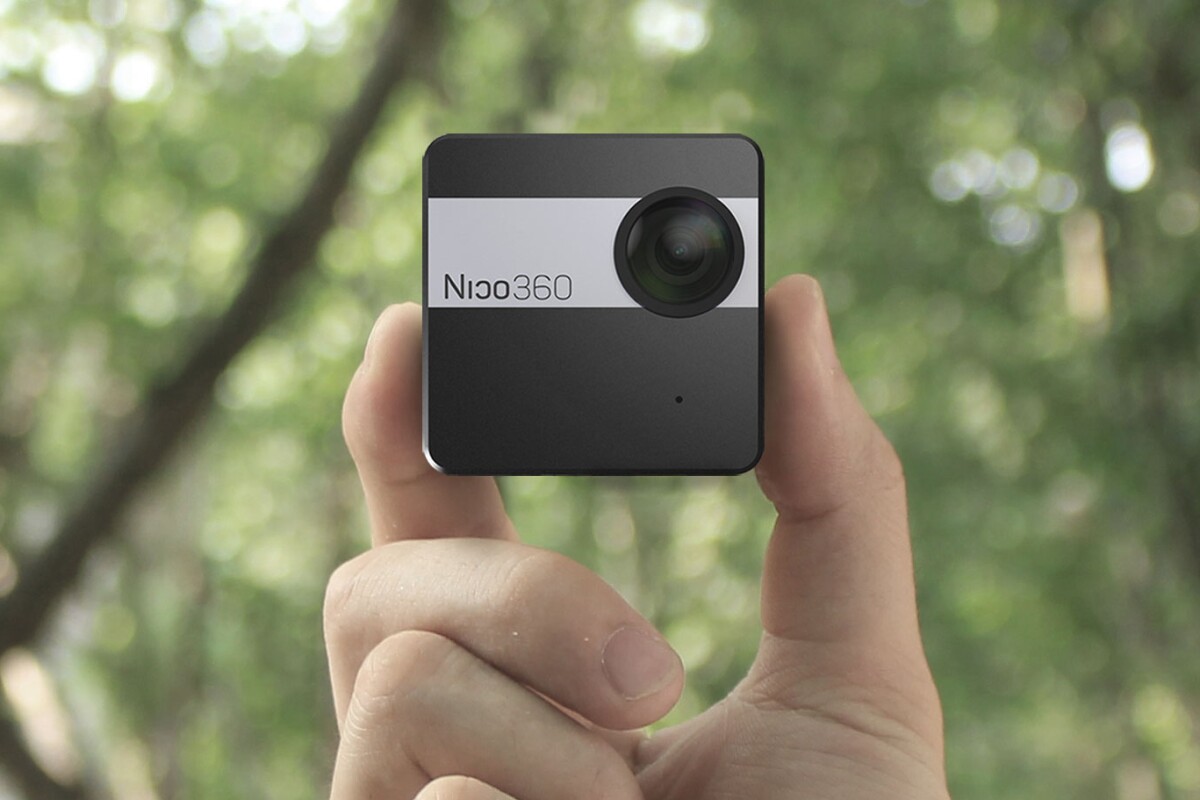The Nico360 is a compact and water resistant 360-degree camera which is being billed as the "world's smallest." The diminutive camera will feature dual lenses front and back, and will also be capable of live streaming your immersive footage. The camera is currently on Indiegogo where it has already exceeded its funding target.
Like the Ricoh Theta S, Nikon Keymission 360, and Samsung Gear 360, the Nico360 goes about being a 360-degree camera by shooting in two directions at the same time. As such, it features two 16-megapixel sensors, and matching ultra wide angle F2 lenses, each with a 195-degree FOV (Field of View).
This setup allows users to shoot 25-megapixel stills (the stitching of images means you don't get the full 32-megapixel resolution of the two sensors) or video at up to 2560 x 1440 at 30 fps (frames per second). 360-degree video modes include flat, sphere, planet and VR, with the camera offering built-in stitching.

Size-wise, the petit camera comes in at 46 x 46 x 28 mm (1.8 x 1.8 x 1.1 in) and weighs just 109 g (3.8 oz) making it significantly smaller and lighter than most equally 360-enabled rivals. It also boasts splash-proof water resistance, the capture of motion data including acceleration, rotation and G-force, and 32 GB of internal storage (though it also includes a micro SD port for extra storage). Images can be stored as JPEGs or Adobe RAW/DNG files, which are better for post-processing.
Built-in Wi-Fi and Bluetooth enables live streaming to the likes of Facebook Live, YouTube live, and Nico's own Nico360 Live, and the camera will be compatible with the duo of iOS and Android apps. A standard screw mount on the bottom of the camera makes it easy to mount to a range of devices.

An early bird pledge of US$129 is currently enough to get you a Nico360 camera, with an eventual retail price of $149 estimated. Should everything go to plan, the cameras should start shipping in October.
You can check out the Nico360 pitch video below.
Source: Indiegogo










